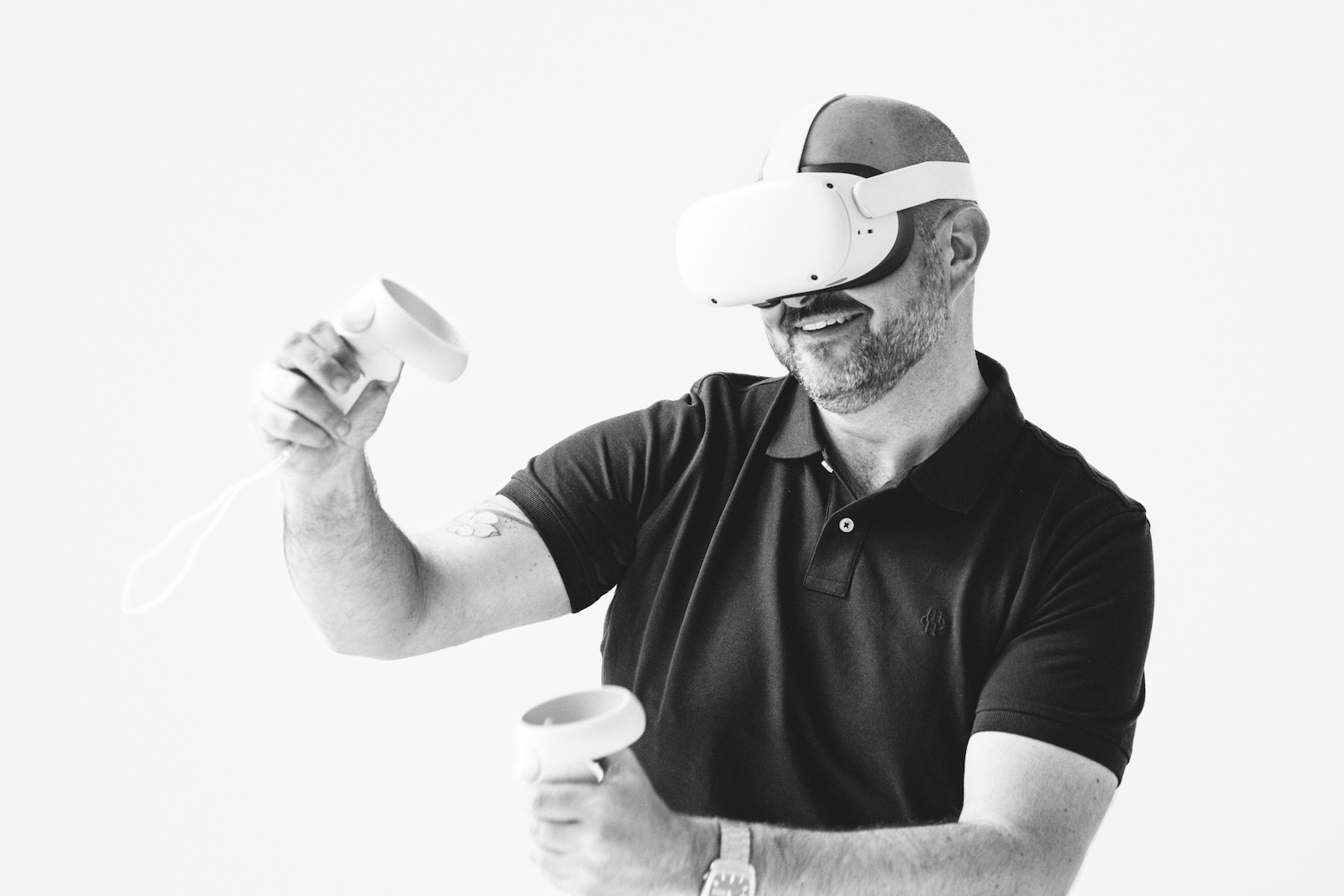
Drawing Consumers into the Metaverse
The last six months have been a turbulent time in the technology sector as the vision for tomorrow slams into the financial reality of today. We are witnessing reprioritization on a massive scale. The larger companies are laying off thousands of employees, readjusting their employment levels to align with revised strategic goals. Giants like Meta, Google, and Amazon are indicating to the public and shareholders where they plan to make big bets and reallocate resources. This will in turn provide a signal to smaller companies, developers, and stakeholders which direction they may want to focus to maximize their own impact.
All these companies remain committed to the metaverse – a definition few can agree on, but all of whom welcome the potential value creation of up to $5 trillion by 2030. Facebook signaled their commitment to this future by changing their name to Meta* in 2021 and, in 2022 alone, invested $13.7 billion to bring virtual reality (VR) and augmented reality (AR) to the masses.
However, there have been some surprises and potential setbacks, such as Microsoft shutting down AltspaceVR, their social VR platform, and downsizing the department dedicated to their mixed reality headset, HoloLens. And Apple delaying their highly anticipated augmented reality glasses due to technical challenges. These appear to be near term setbacks, rather than strategic blunders, but time will tell.
Companies seeking to capitalize on their own metaverse ambitions will need to provide a clear vision to inspire investors and retain talent. Two challenges companies face involve creating monetization strategies for these services and communicating positive use cases to consumers that showcase the value to their everyday lives.
Successful monetization is achieved by clearly articulating to the consumer exactly how the product adds value to their lives to make this exchange successful. However, big ideas, even products or services that capture the zeitgeist of the moment, do not always lead to big returns. In 2020, 25 percent of US households had at least one Alexa device. Less than two years later, articles have started to report that “Amazon Alexa is a “colossal failure,” on pace to lose $10 billion this year.” Twitter has ~233m users and yet it loses $4m a day.
It is not just the behemoths who are having trouble navigating how to monetize their products. Hot new trends in artificial intelligence such as DALL-E and ChatGPT are taking the internet by storm but are still crafting sustainable revenue models. For a company to prosper, they must monetize their product or service and connect this strategy to how they communicate with their customers.
Startups are racing to pitch their metaverse ambitions and make a case for investments based on the perceived value of their products or services. Stories in favor of these investments are most compelling when they incorporate positive use cases that simply communicate the impact on a users’ daily lives. It’s easy to see why fitness apps became unexpected hits when much of society was indoors for 2+ years of the pandemic. People could measure the impact in pounds and mental health. A cohesive communications strategy makes this connection explicit.
These examples illustrate the power of stories to connect with potential consumers. Sometimes these products exist and are not on their radar, and other times they may know of a product, but the company has not properly explained the value it adds to one’s life. There will be no shortage of companies offering metaverse solutions in the next ten years. The success of a company to tap into this market will depend on how well a company can explicitly make these connections and communicate them to the consumer.
*Meta is a client of Trilligent
RELATED ARTICLES



